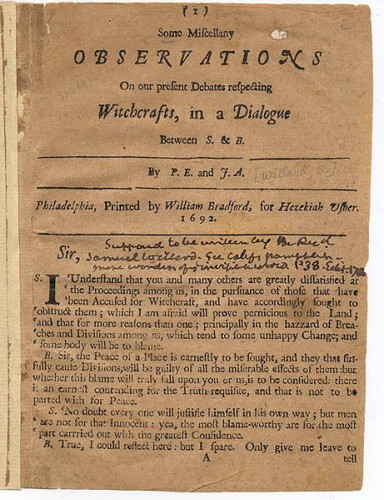Last Updated: October 2, 2024
On October 3, 1651, Henry Stiles of Windsor was killed when the gun of Thomas Allyn, also of Windsor, accidentally discharged during a militia exercise. Mr. Stiles was a boarder in the house of Thomas and Lydia Gilbert, and he was 58 years old at the time of his death. Thomas Allyn was charged with “homicide by misadventure” and found guilty of murder in December. He paid a twenty pound fine. Three years later, with no explanation, the Connecticut court refunded Allyn’s fine and charged Lydia Gilbert with causing the death of Stiles by witchcraft. Little is known of the circumstances that resulted in her indictment and conviction, but the jury found her guilty and the official record on November 28, 1654 states (edited for modern readability):
Lydia Gilbert thou art hereby indicted by that name Lydia Gilbert and not having the fear of God before thy eyes thou hast of late years or still dost give entertainment to Satan the great enemy of God and mankind and by his help hast killed the body of Henry Stiles besides other witchcrafts for which according to the law of God and established law of this commonwealth thou deserves to die.
There are no existing records that give details of what became of Lydia Gilbert. Some accounts claim she escaped and moved away. It is probable, however, that she was executed shortly after her trial ended.
Almost 369 years later, on May 25, 2023, the Connecticut General Assembly passed the “Resolution Concerning Certain Witchcraft Convictions in Colonial Connecticut.” This resolution absolved 12 people formerly convicted and executed for witchcraft, including Lydia Gilbert. The resolution was the result of advocacy from people and groups such as the Connecticut Witch Trial Exoneration Project.
This article has been updated, learn more about content updating on ConnecticutHistory.org here.









